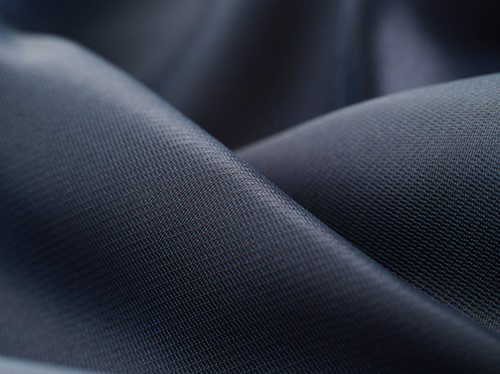Antibacterial functional fabric has good safety, which can effectively and completely remove bacteria, fungi, and mold on the fabric, keep the fabric clean, and prevent bacterial regeneration and reproduction.
For antibacterial fabrics, there are two main treatment methods in the market at present. One is the built-in silver ion antibacterial fabric, which uses the spinning grade antibacterial technology to directly integrate the antibacterial agent into the chemical fiber; the other is the post-processing technology, which adopts the subsequent setting process of the functional fabric. The post-treatment process is relatively simple and the cost is easy to control according to the specific requirements of customers, which is one of the most widely used in the market. The latest treatments on the market, such as modified fiber antibacterial fabrics, support long-lasting and high temperature water washing. After 50 washes, it can still reach 99.9% bacteria reduction rate and 99.3% antiviral activity rate.

Meaning of Antibacterial
- Sterilization: killing the vegetative and reproductive bodies of microorganisms
- Bacterio-stasis: prevent or inhibit the growth and reproduction of microorganisms
- Antibacterial: the general term of bacterio-stasis and bactericidal action
Purpose of Antibacterial
Due to its porous shape and the chemical structure of polymer, the textile fabric made of functional textile is favorable for microorganism to adhere and become a good parasite for the survival and reproduction of microorganisms. In addition to the harm to human body, the parasite can also pollute the fiber, so the main purpose of antibacterial fabric is to eliminate these adverse effects.
Application of Antibacterial Fiber
Antibacterial fabric has good antibacterial effect, which can eliminate the odor caused by bacteria, keep the fabric clean, avoid the reproduction of bacteria, and reduce the risk of re-transmission. Its main application direction includes socks, underwear, tooling fabrics, and outdoor sports functional textiles and clothes.
Main Technical Indexes of Antibacterial Fiber
At present, there are different standards such as American Standard and national standard, which are mainly divided into two categories. One is to monitor and issue specific values, such as the antibacterial rate reaches 99.9%; the other is to issue logarithm values, such as 2.2, 3.8, etc. If it reaches more than 2.2, the test is qualified. The detection strains of antibacterial functional textiles mainly include Staphylococcus aureus, Escherichia coli, methicillin-resistant Staphylococcus aureus MRSA, Klebsiella pneumoniae, Candida albicans, Aspergillus niger, Chaetomium globosum, and Aureobasidium pullulans.

You should determine the strain requirements according to the nature of the product, whose main detection standards are AATCC 100 and AATCC 147 (American Standard). AATCC100 is a test for the antibacterial properties of textiles, which is relatively strict. Moreover, the 24-hour evaluation results are evaluated by the bacterial reduction rate, which is similar to the sterilization standard. However, the detection method of daily standard and European standard is basically bacteriostatic test, that is, bacteria do not grow or decrease slightly after 24 hours. AATCC147 is a parallel line method, that is to detect the inhibition zone, which is mainly suitable for organic antibacterial agents.
- National standards: GB/T 20944, FZ/T 73023;
- Japanese standard: JISL 1902;
- European standard: ISO 20743.
Post time: Dec-16-2020






